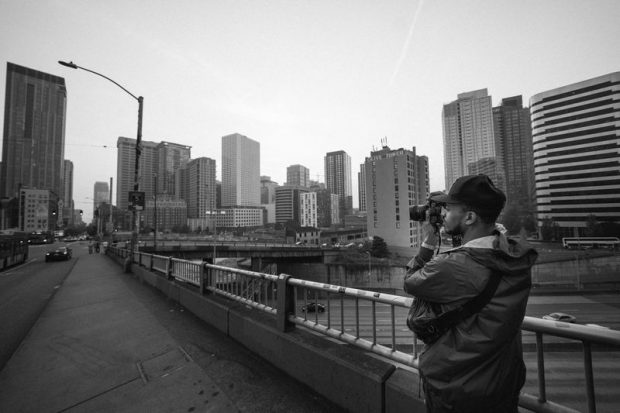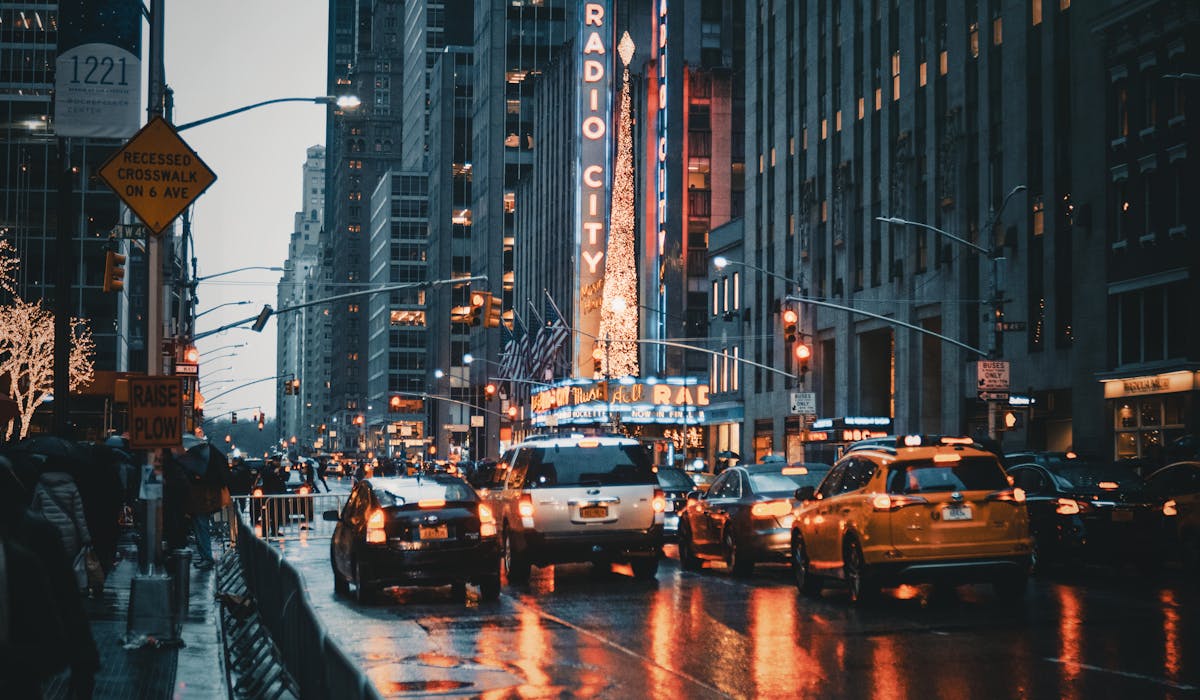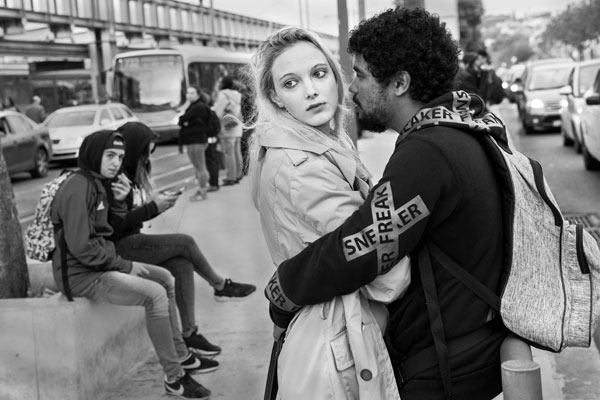The 5-Second Trick For Framing Streets
Wiki Article
The Best Strategy To Use For Framing Streets
Table of ContentsTop Guidelines Of Framing StreetsThe 5-Second Trick For Framing StreetsAll About Framing StreetsThings about Framing StreetsHow Framing Streets can Save You Time, Stress, and Money.Some Of Framing Streets
, typically with the objective of recording pictures at a crucial or touching minute by cautious framework and timing. https://telegra.ph/Framing-Streets-Mastering-the-Art-of-Street-Photography-01-10.
An Unbiased View of Framing Streets
Susan Sontag, 1977 Road photography can concentrate on individuals and their habits in public. In this respect, the road photographer is comparable to social documentary photographers or photojournalists that additionally work in public places, but with the purpose of catching relevant occasions. Any of these photographers' pictures may record individuals and property noticeable within or from public locations, which frequently entails navigating honest concerns and laws of privacy, safety, and home.Depictions of daily public life develop a category in practically every period of world art, starting in the pre-historic, Sumerian, Egyptian and very early Buddhist art periods. Art dealing with the life of the road, whether within sights of cityscapes, or as the dominant concept, appears in the West in the canon of the North Renaissance, Baroque, Rococo, of Romanticism, Realism, Impressionism and Post-Impressionism.
How Framing Streets can Save You Time, Stress, and Money.
Louis Daguerre: "Blvd du Temple" (1838 or 1839) In 1838 or 1839 the initial photo of figures in the road was tape-recorded by Louis-Jacques-Mand Daguerre in one of a set of daguerreotype views extracted from his studio home window of the Boulevard du Holy place in Paris. The second, made at the elevation of the day, reveals an uninhabited stretch of road, while the various other was taken at concerning 8:00 am, and as Beaumont Newhall records, "The Blvd, so regularly full of a relocating bunch of pedestrians and carriages was flawlessly singular, except a person that was having his boots combed.His boots and legs were well specified, but he is without body or head, because these were in movement." Charles Ngre, waterseller Charles Ngre. http://ttlink.com/framingstreets1 was the first photographer to acquire the technological sophistication required to register individuals in motion on the road in Paris in 1851. Professional Photographer John Thomson, a Scotsman dealing with reporter and social lobbyist Adolphe Smith, released Street Life in London in twelve regular monthly installations beginning in February 1877
Framing Streets Fundamentals Explained
Eugene Atget is pertained to as a progenitor, not since he was the very first of his kind, yet as a result of the popularisation in the late 1920s of his record of Parisian streets by Berenice Abbott, that was motivated to embark on a comparable paperwork of New york city City. [] As the city established, Atget assisted to promote Parisian streets as a deserving subject for digital photography.
The Framing Streets PDFs
The chief Mass-Observationists were anthropologist Tom Harrisson in Bolton and poet Charles Madge in London, and their initial report was created as the publication "May the Twelfth: Mass-Observation Day-Surveys 1937 by over two hundred observers" [] Window cleaner at Kottbusser Tor, Berlin, by Elsa Thiemann c. 1946 The post-war French Humanist School digital photographers found their topics on the road or in the restaurant. In between 1946 and 1957 Le Groupe des XV navigate to this site yearly displayed work of this kind. Andre Kertesz. Circus, Budapest, 19 May 1920 Street photography formed the significant content of two exhibits at the Gallery of Modern Art (Mo, MA) in New york city curated by Edward Steichen, Five French Digital Photographers: Brassai; Cartier-Bresson, Doisneau, Ronis, Izis in 1951 to 1952, and Post-war European Photography in 1953, which exported the idea of street photography globally.
More About Framing Streets
, after that an educator of young youngsters, associated with Evans in 193839.'s 1958 book,, was considerable; raw and often out of focus, Frank's images questioned traditional digital photography of the time, "tested all the official rules laid down by Henri Cartier-Bresson and Walker Evans" and "flew in the face of the wholesome pictorialism and sincere photojournalism of American magazines like LIFE and Time".Report this wiki page